Manage Operational Risk
In response to increasing operational complexities and, more specifically, the question raised by the UK’s HSE and the EU OSD 2013/30 – “How do you address and demonstrate the management of the cumulative effect of risk on your assets?”

As everyone knows “a picture is worth a thousand words”.
Imperative’s Active Barrier View is the definitive tool for instantly determining and communicating the current Operational Risk profile of your asset. Now everyone in your organisation, together with your external partners, can share the same correct, up-to-date information, enabling confident, qualified, safe and efficient operational decision-making.
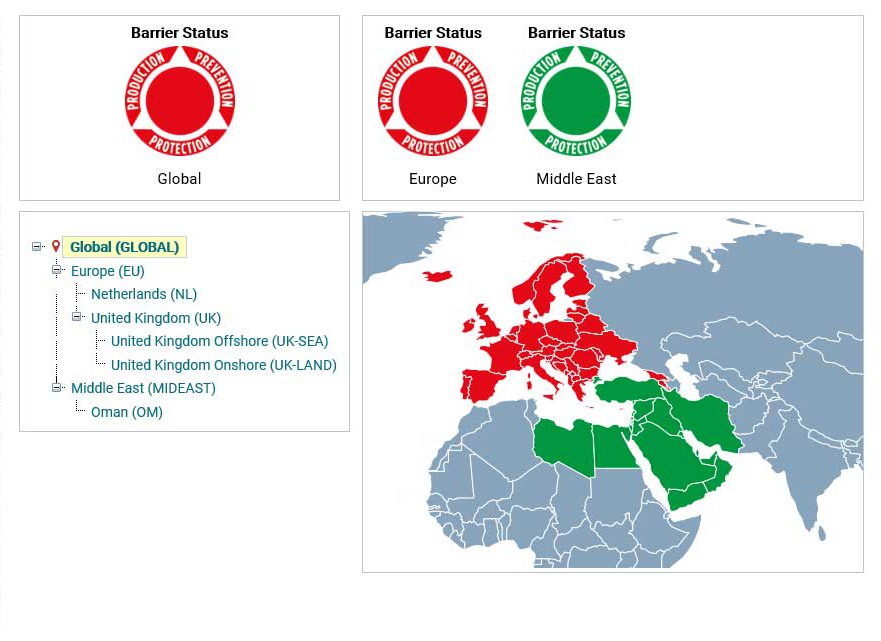
Operational Risk Profile at the Global Level
Global Organisations can use Imperative to gain a dynamic insight into their Operational Risk Profile at a Global Level.
Profiles at Asset level are rolled up to Region Level and, in turn, to the Global level.
Executives can drill down on any region, country or asset, to ascertain the reasons behind Operational Risk Profiles.
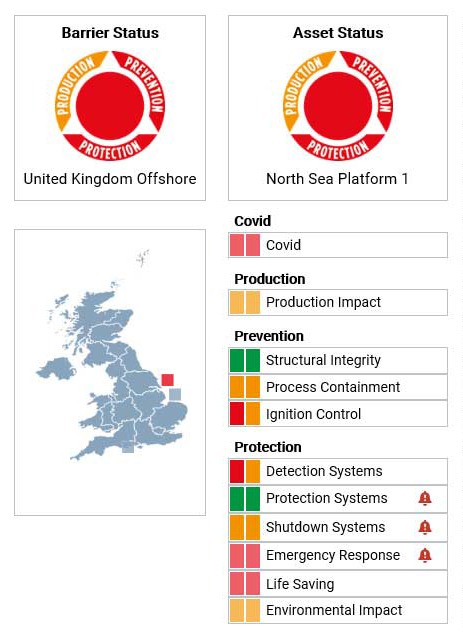
Operational Risk Profile at the Regional Level
Imperative enables the Operational Risk profile for individual assets to be rolled up to higher levels of organisation structures.
At this level, Imperative switches the style of the Active Barrier View to a vertical orientation, as shown. This enables a concise representation of the Barrier Groups across regions and enables stakeholders to get an instant access to and appreciation of the Operational Risk Profile for the region and any asset within that region.
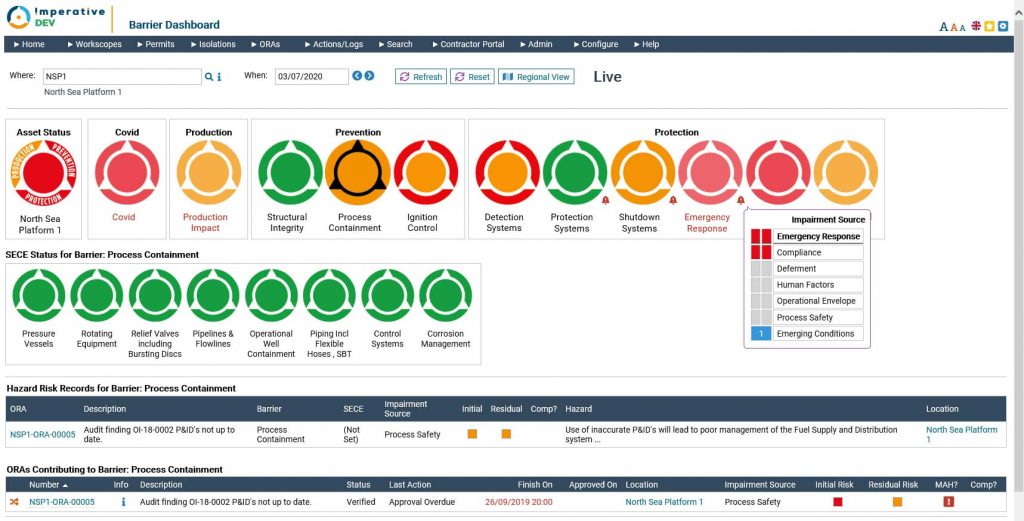
Imperative Active Barrier View – Asset Level
Imperative’s Active Barrier View is an incredibly powerful dashboard for all stakeholders to monitor and interrogate the Operational Risk Profile of an asset. The Barrier Groups shown across the top of the screenshot opposite, represent the current values – and enable interrogation of any Barrier.
As shown, the status of the SECEs that comprise the Process Containment Barrier are being examined, shown by the display of current hazards for that barrier and the ORAs implemented to manage the risk posed by those hazards. The Alarm bells shown, highlight one or more abnormal conditions may be emerging and need to be investigated.
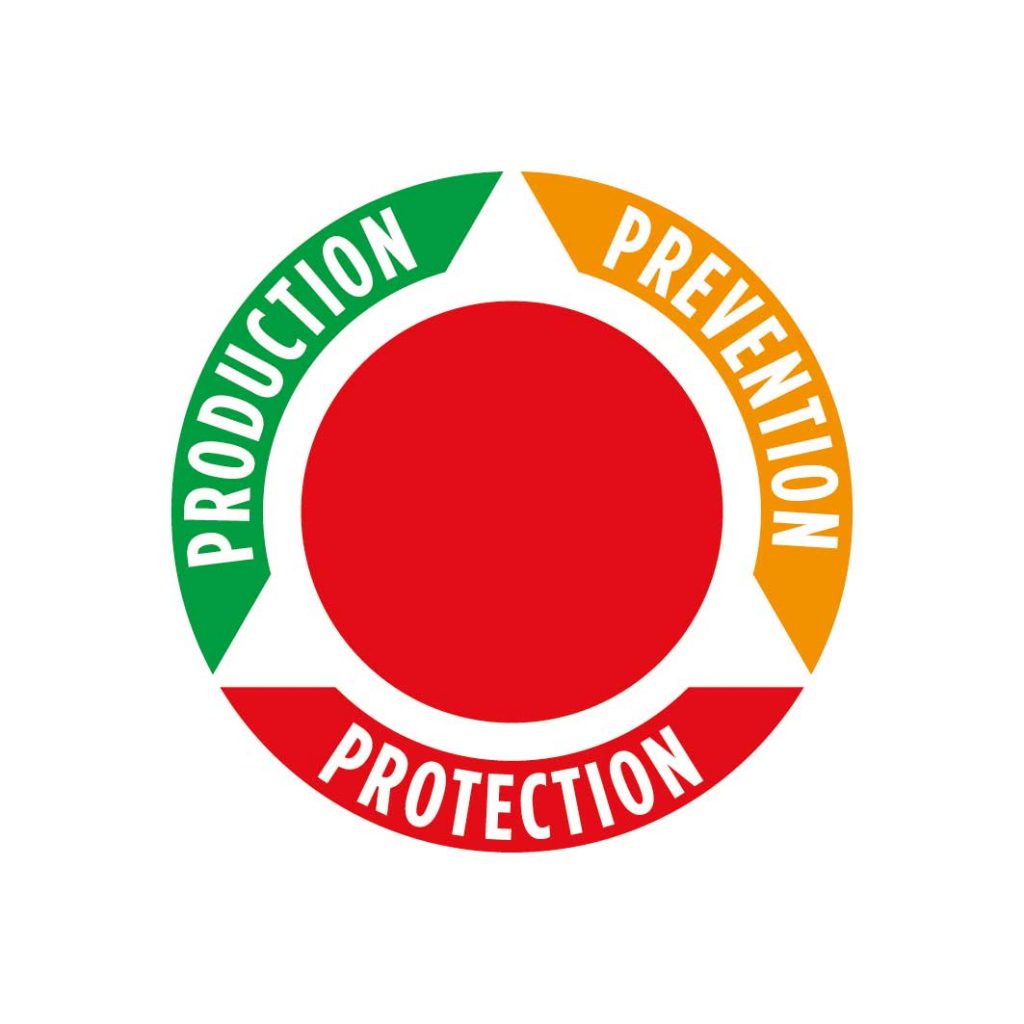
The Imperative Asset Icon
The Imperative Asset Icon (shown here) – communicates the Operational Risk profile at a site level, in one simple but powerful image. The Outer circle is split into Imperative’s 3 Barrier Groups – Production, Prevention and Protection.
Prevention barriers: represent the LHS of the bowtie, in acting to prevent the occurrence of the top level event – e.g. the loss of containment of Hydrocarbons or similar.
Protection barriers: act to protect the asset and everyone on the asset, from the full effect of an occurrence of the top-level event.
Production: Imperative ensures the impact of risk mitigation measures on the production capability of the asset are taken into account – risk mitigation actions that cease all production are not recommended – at least for any significant period of time (such as the current national lockdown approach to managing COVID-19 risk). It does so by adding the Production Barrier Group, which is comprised of the Production Impact Barrier.
The Imperative Icon
The Imperative icon (shown here) has two main components. 1. an outer circle and 2. an inner circle. This makes use of the Traffic Light metaphor to indicate the current level of risk.
The initial risk posed by the occurrence of an Abnormal Condition (or Deviation) is shown by the colour of the Outer circle (Red = High), while the residual risk of the Barrier following the application of all identified risk mitigation actions, is shown by the colour of the Inner circle (Green = Low/OK).
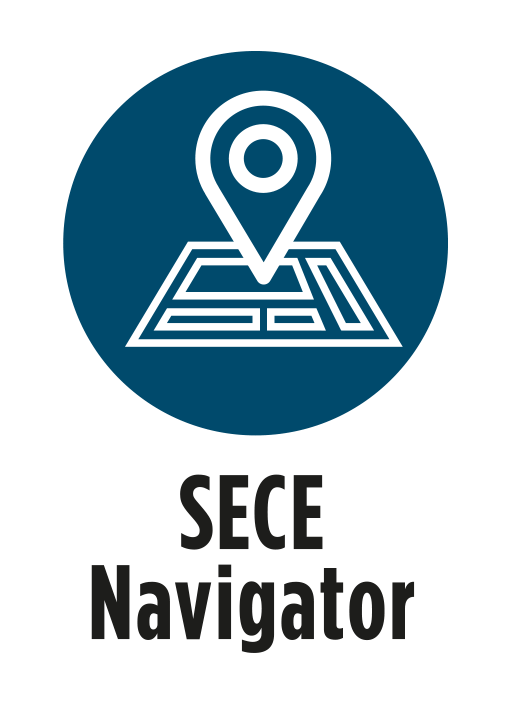
The relationship between Imperative’s Active Barrier View and the bowtie technique is symbiotic. Imperative brings your bowties alive, through the ability to interrogate the top level barrier represented by the Active Barrier View and through the associated SECE Navigator, an incredibly powerful tool for exploring the dependency relationships between SECEs in different barriers.
Finally, the information contained within your bowties can be brought to visualised and applied to real world problem solving in real time – made possible only by Imperative!


Imperative’s Active Barrier View presents your asset’s Operational Risk Profile in real-time.
Deviations (or Abnormal Conditions) are funnelled through the Imperative ORA to ensure a uniform assessment of the risks posed and the mitigation actions required to manage the increased risk.
These actions are funnelled through the Imperative Hub for allocation and the enforcement of a PDCA cycle, to ensure the verifiable management of all risk mitigation actions.
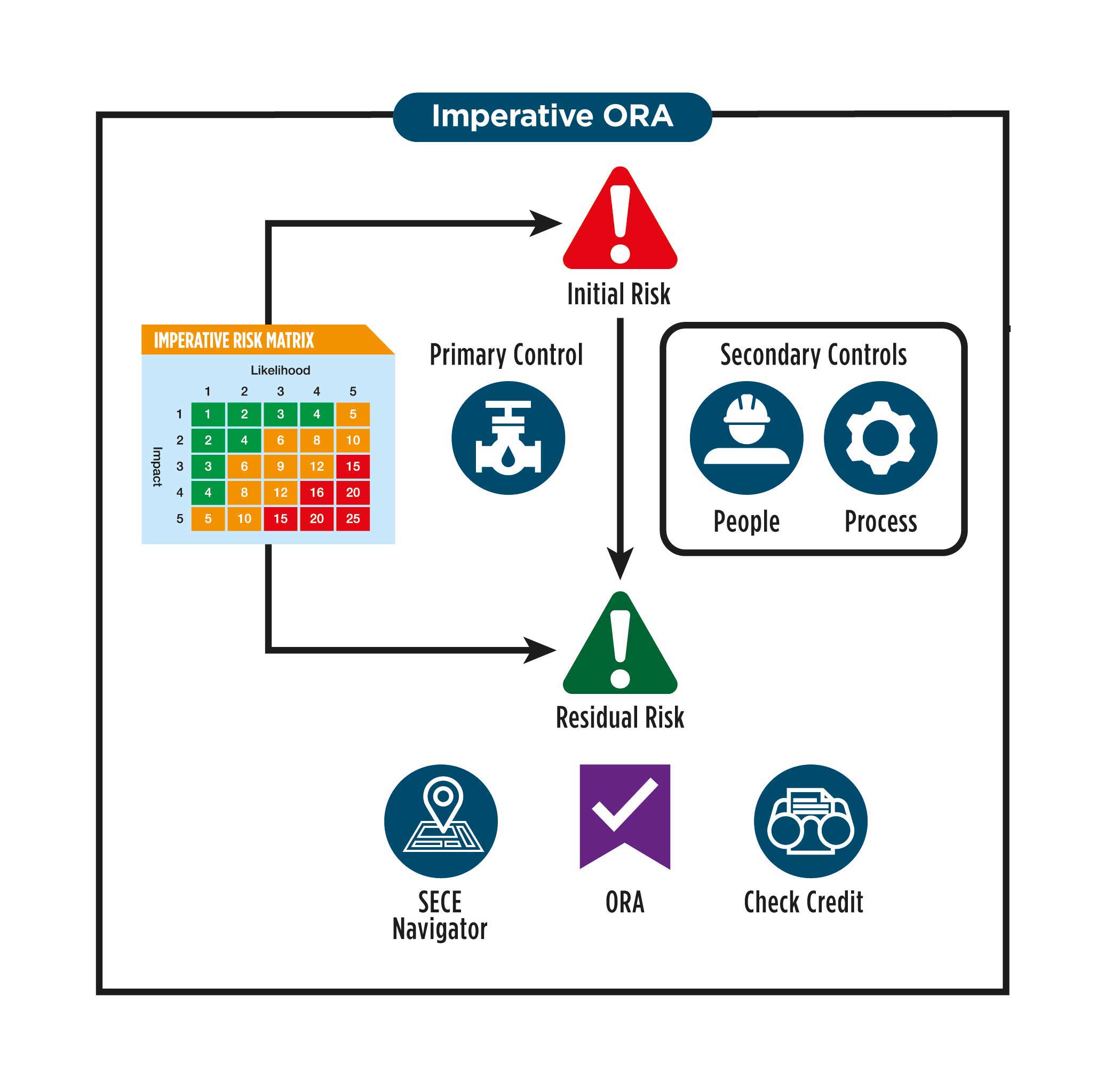
Imperative ORA
Imperative enforces a uniform approach to the development and management of Operational Risk – any changes to the Barrier Status can only be made via the Imperative ORA.
Imperative adopts the IOGP approach to the classification of mitigation controls – Primary controls represent equipment, with Secondary Controls implemented via People and Process.
Within the Imperative ORA, access to the effectiveness of actions implemented by concurrent ORAs is available (via Check Credit) and dependencies between SECEs can be explored with the SECE Navigator.

Imperative Hub
The “Hub” manages the allocation, performance, management and verification of actions within Imperative. All actions created by an ORA, such as Pre-requisite actions and Secondary Control actions (e.g. monitoring a gauge level every three hours for 1 week) are managed here.
Any missed action updates can generate a Compromising Factor. This is flagged on the appropriate Barrier to indicate a risk, as a mitigating control may not be as effective as people are assuming or “taking credit” for – e.g. the gauge level is only being viewed once per day.
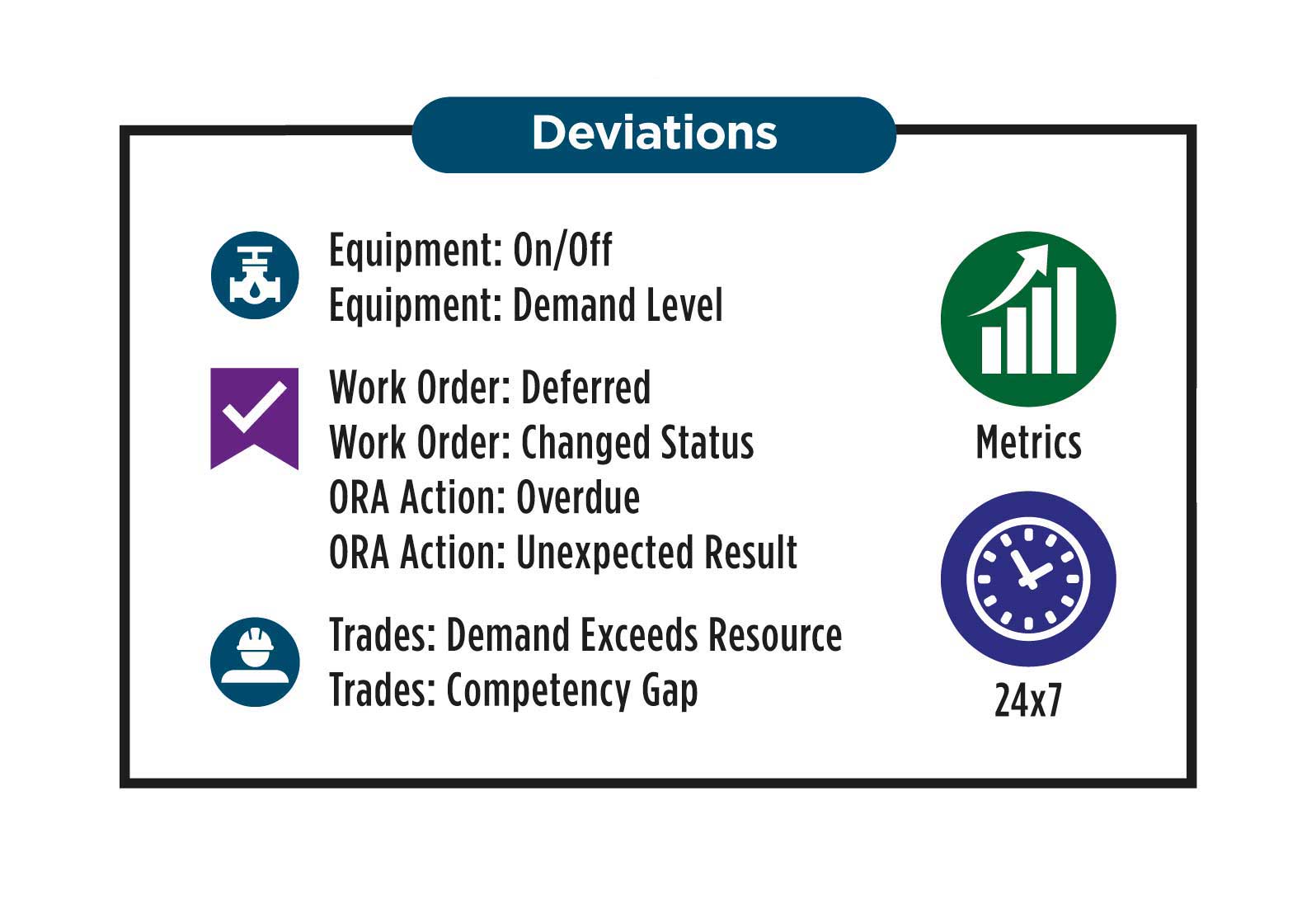
Imperative Triggers
Imperative monitors many data sources for Abnormal Conditions – conditions that indicate the potential for increased risk in the operation of any asset.
Example conditions are shown here. A common source of such hazard indicators is the ShiftLog component within the Imperative Hub, which acts as the repository for all notifiable events occurring during a shift.
Imperative ShiftLog
Imperative’s ShiftLog enables the capturing of all notifiable events during a shift and enables a direct link between the events and the creation of an ORA, if needed.
Asset Integrity Reporting is enabled via the categorisation of events into the location to which they apply within the report.
Incident Reporting is enabled via categorisation of the ShiftLog event, as one which should appear in an Incident Report.
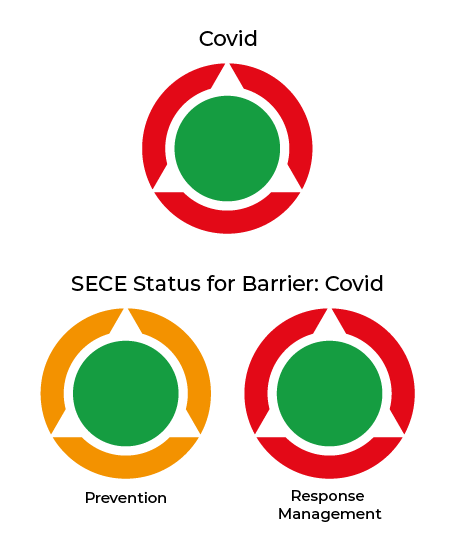
Managing COVID-19 exposure at the Corporate Level
The addition of a COVID Barrier enables monitoring of the status of your company’s COVID-19 prevention and response management procedures at the highest levels.
Identification of Prevention and Response Management, as Critical Elements in your COVID-19 response, enables you to monitor the effectiveness of your measures for preventing a COVID-19 outbreak within your site, and for responding to an outbreak amongst your workforce.
Imperative’s ORA ensures all risk assessments performed for such events are performed in a uniform manner and that all relevant experts are involved. The automatic audit trail created is an invaluable aid, when investigating incidents
Monitoring COVID-19 at the site entrance
P2W 20:20 enables the identification of members of your workforce with COVID-19 symptoms or exposure to those with Covid-19 symptoms, who are then requested not to enter the site.
COVID-19 Risk Assessment questionnaires are available, with all Workforce members required to complete the questionnaire each day prior to and as a condition of gaining entrance to your site. Additional mitigation measures such as links to thermal imaging scanners and site entry security systems are available.
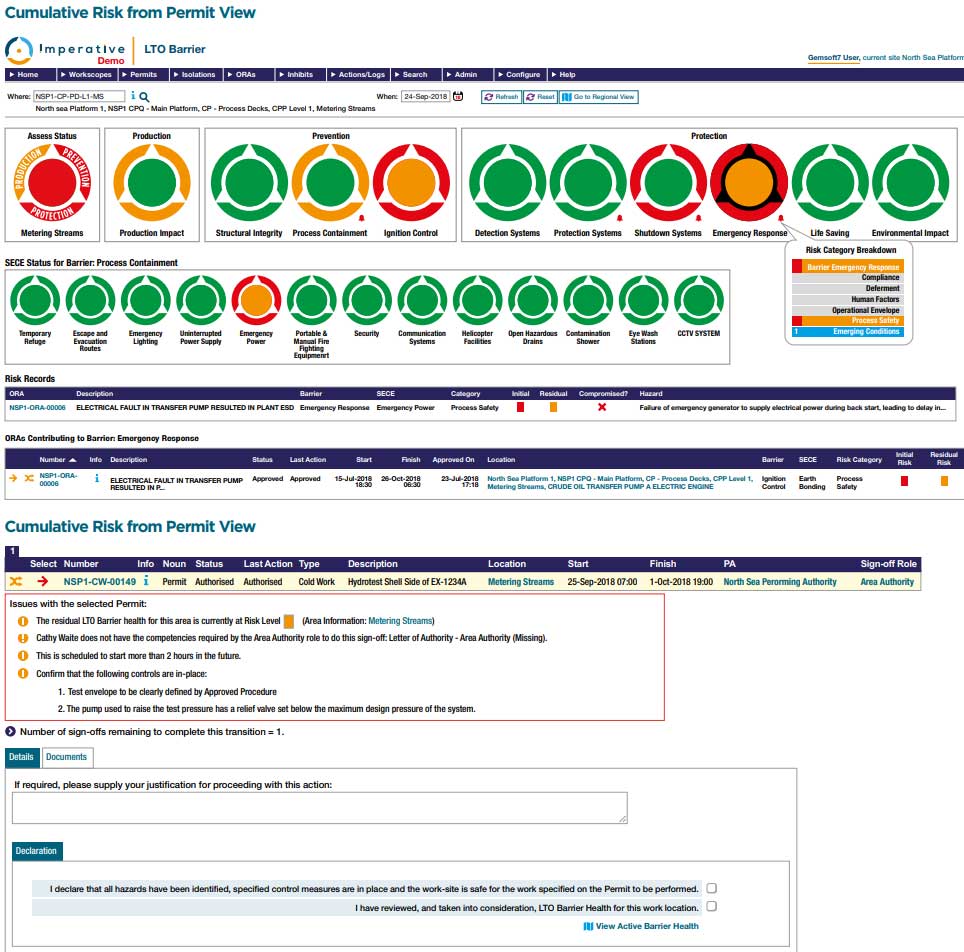
Monitoring COVID-19 risk at the worksite
The Operational Risk Profile of any area within your site is accessible when managing work on site with P2W.
P2W enables immediate checking of the current risk profile for the area in which work is being planned, or about to be authorised and issued. For the management of COVID-19 risk, this highlights, for example, all areas where Social Distancing risk mitigation measures are not feasible, triggering the automatic enforcement by P2W of additional controls and approvals, necessary to ensure work is performed in a safe manner.
The extent to which these additional measures are being followed will be reflected in the status of the COVID-19 Barrier for that area.
This website uses cookies to improve your experience. This website uses Google Analytics and LeadFeeder to track visitors.
By continuing to browse the site, you are agreeing to our use of cookies and tracking tools.